Optimal Conditions for Shutter Paintings
Shutter Paintings are most effectively created during specific lighting and weather conditions to ensure optimal visibility and durability. The ideal time typically involves periods of consistent natural light, avoiding harsh midday sun or low-light conditions at dawn and dusk. Weather considerations such as dry periods with minimal wind help maintain the quality of the paint application and prevent damage.
Creating Shutter Paintings is best during bright, overcast days or times with diffuse sunlight, which helps prevent glare and ensures the artwork is clearly visible.
Dry weather with low humidity and minimal wind is ideal to avoid paint runoff and ensure paint adheres properly to the shutter surface.
Spring and early fall often provide stable weather conditions suitable for outdoor painting projects, reducing delays caused by rain or extreme temperatures.
Temperatures between 50°F and 75°F are optimal for applying and curing paint, ensuring longevity and vibrancy of the artwork.
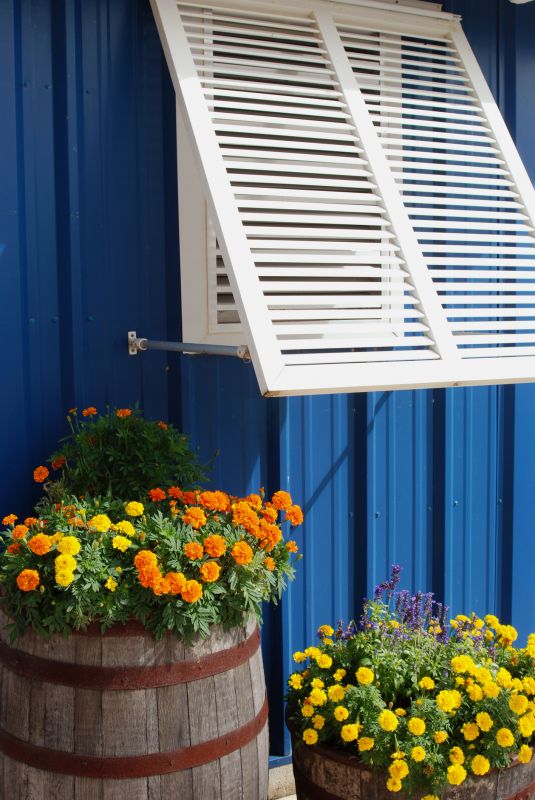
Ways to make Shutter Paintings work in tight or awkward layouts.
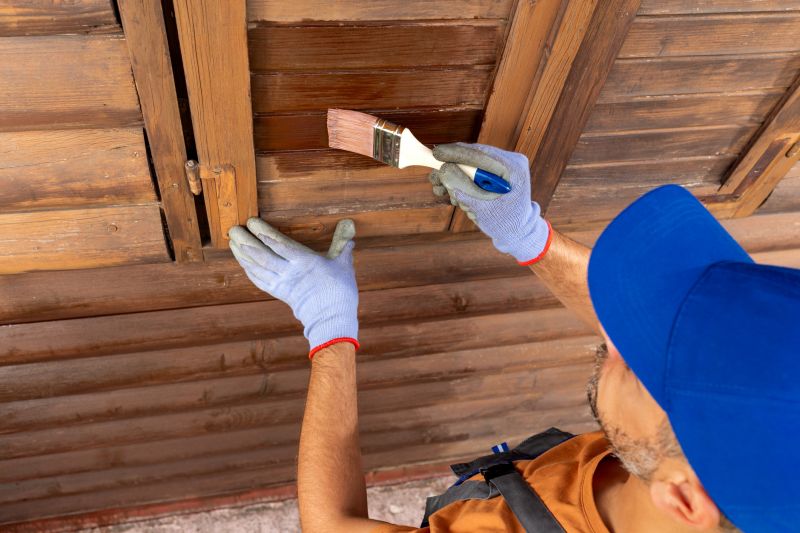
Popular materials for Shutter Paintings and why they hold up over time.
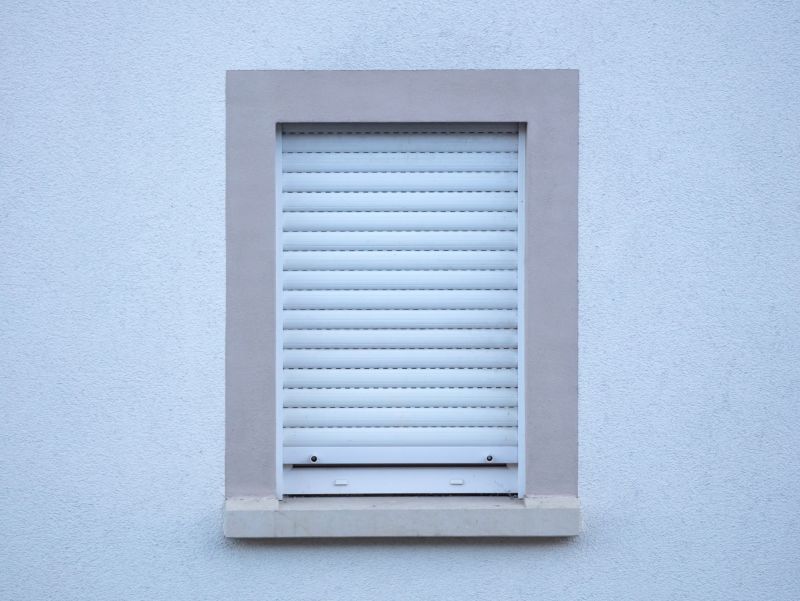
Simple add-ons that improve Shutter Paintings without blowing the budget.

High-end options that actually feel worth it for Shutter Paintings.

Finishes and colors that play nicely with Shutter Paintings.
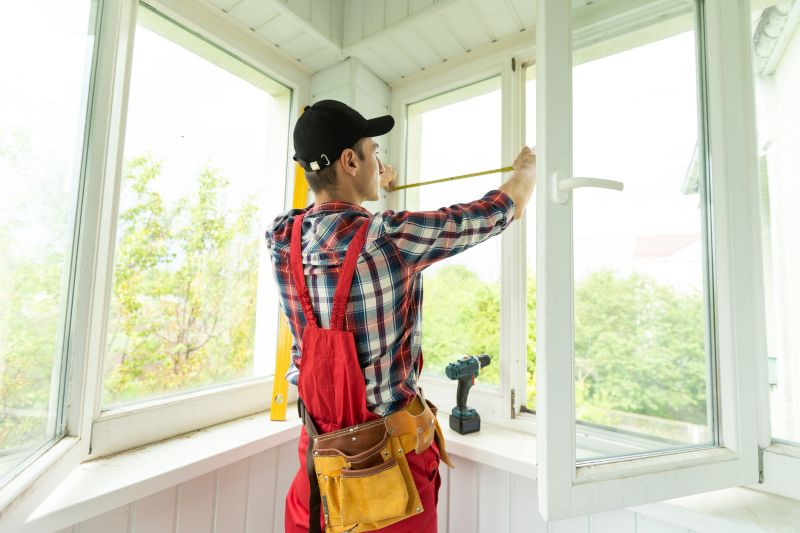
Little measurements that prevent headaches on Shutter Paintings day.

A 60-second routine that keeps Shutter Paintings looking new.
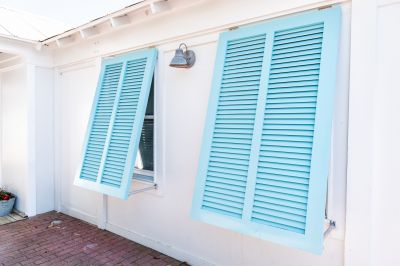
A frequent mistake in Shutter Paintings and how to dodge it.
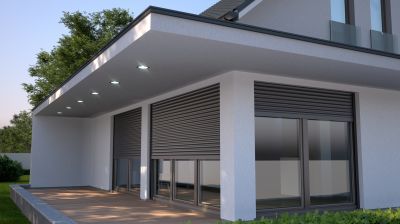
Small tweaks to make Shutter Paintings safer and easier to use.
| Factor | Recommended Conditions |
|---|---|
| Lighting | Diffuse sunlight or overcast days |
| Weather | Dry, low wind conditions |
| Temperature | Between 50°F and 75°F |
| Humidity | Low humidity levels |
| Season | Spring or early fall |
| Daylight | Extended daylight hours |
| Precipitation | Avoid during rain or snow |
| Wind | Minimal wind for precision |
Shutter Paintings involve applying artistic designs directly onto window shutters, transforming ordinary surfaces into visual statements. This form of outdoor art combines craftsmanship with visual storytelling, often reflecting local culture or personal expression. The process requires careful planning, suitable weather conditions, and precise application techniques to ensure longevity and vibrancy.
Statistics indicate that outdoor painting projects like Shutter Paintings have higher success rates when performed during stable weather periods. Proper timing minimizes risks such as paint runoff, peeling, or fading, which can occur due to exposure to harsh elements. Optimal conditions also facilitate detailed work, resulting in more refined and durable artwork.
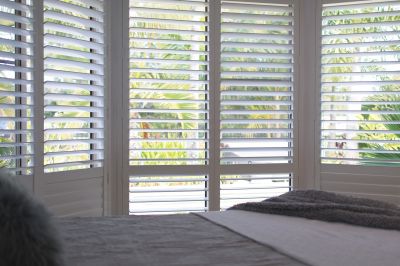
Lower-waste or water-saving choices for Shutter Paintings.

The short, realistic tool list for quality Shutter Paintings.
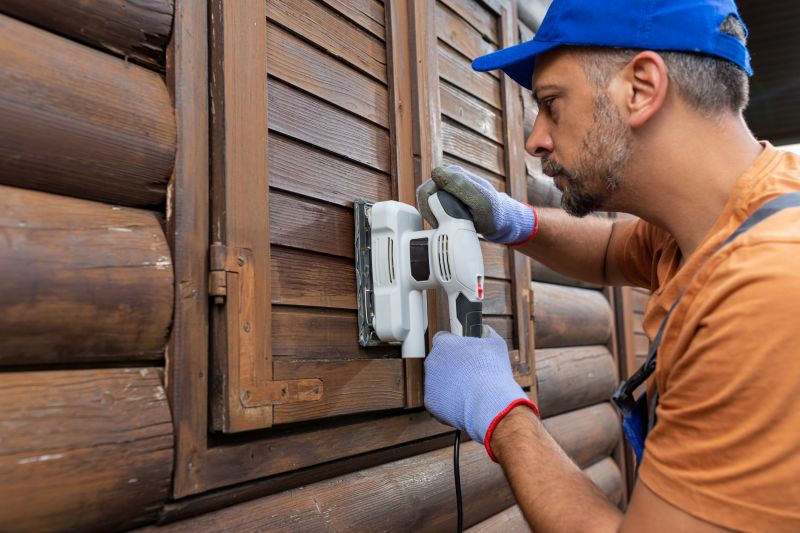
Rough timing from prep to clean-up for Shutter Paintings.
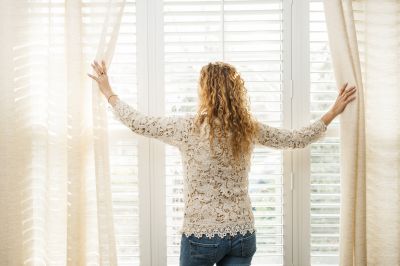
Quick checks and paperwork to keep after Shutter Paintings.

Examples that show the impact a good Shutter Paintings can make.

Ways to make Shutter Paintings work in tight or awkward layouts.

Ways to make Shutter Paintings work in tight or awkward layouts.
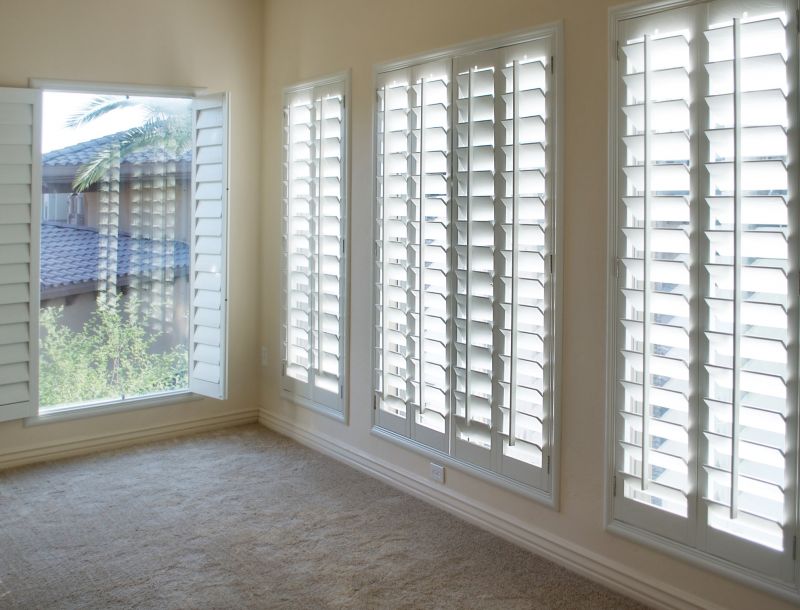
Ways to make Shutter Paintings work in tight or awkward layouts.
For those interested in commissioning or creating Shutter Paintings, it is recommended to plan projects during favorable weather windows. Proper timing ensures the artwork's quality and longevity, providing a vibrant and lasting visual impact.



